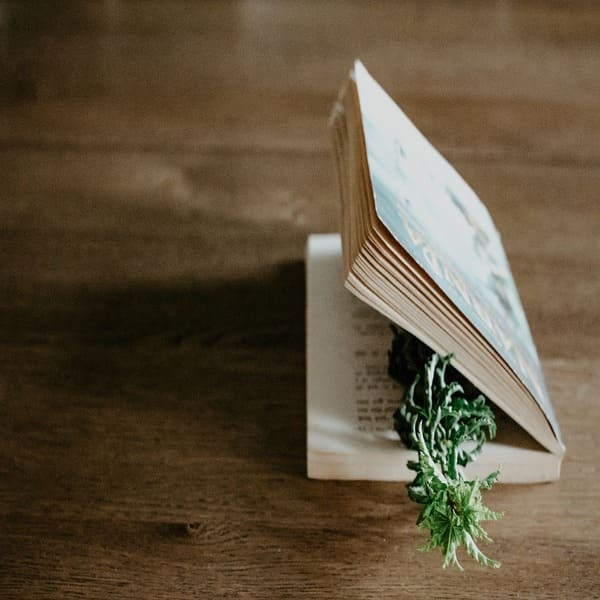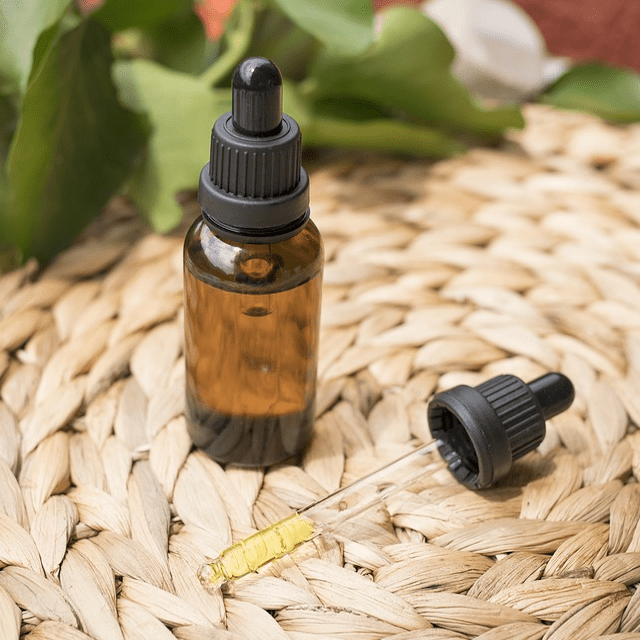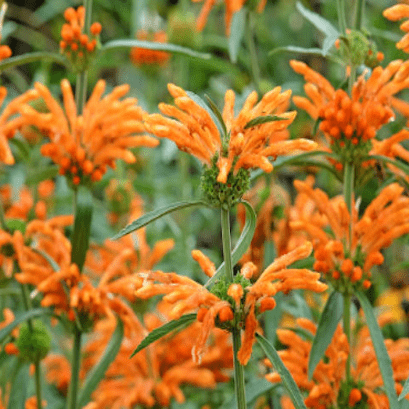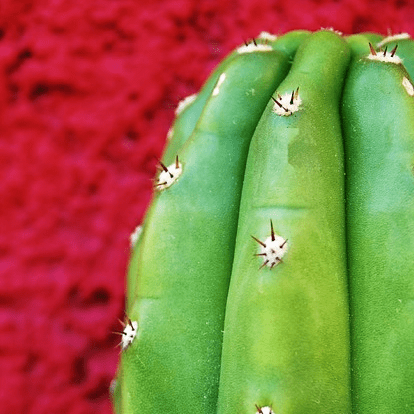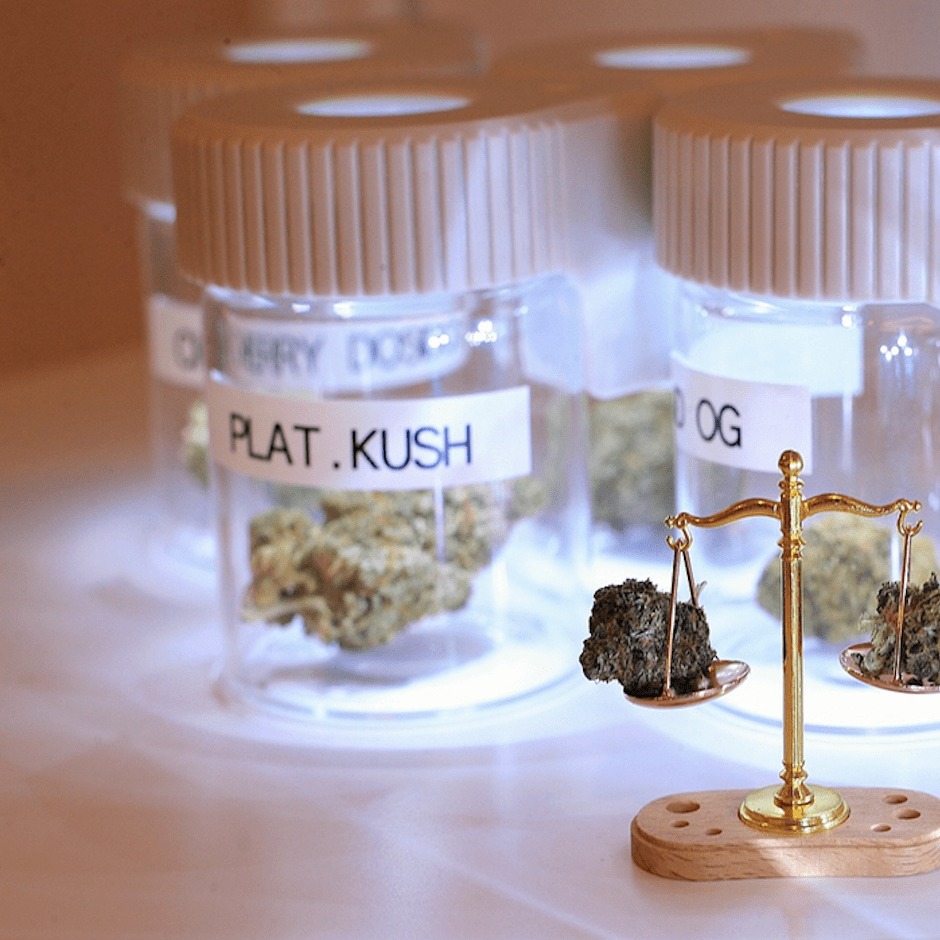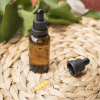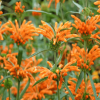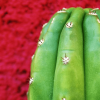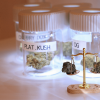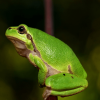Yes, you read it right! Ethnobotany is an interesting term that might be new to you. But don’t worry, we will tell you all about this fascinating branch of science. Ethnobotany combines anthropology and botany to study the relationship between humans and plants[1] . It explores how different cultures use plants for food, medicine, rituals and building materials.
Over thousands of years, indigenous peoples around the world have gained profound knowledge about the natural world around them. This wisdom has been passed down from generation to generation, leading to all kinds of discoveries about the healing properties and practical uses of different plants. Ethnobotany is actually a modern form of traditional plant knowledge.
Table of Contents
The value of ethnobotany
Ethnobotany is an important field of study for several reasons. For one, it helps preserve the knowledge and traditions of indigenous communities. Many of these communities have unique knowledge about plants that would otherwise be lost due to modernisation and globalisation. By documenting and studying their traditional knowledge, we can gain valuable insights and potentially discover new treatments.
Ethnobotany can also help us develop sustainable agricultural practices. Indigenous peoples have centuries of experience in managing plant communities and harvesting natural resources sustainably. Their knowledge can serve as inspiration for modern farming systems that protect biodiversity and reduce environmental impact. Ethnobotany, for instance, has great potential for medicinal discoveries. Many modern drugs are derived from plants, and the study of traditional uses of plants can help us create new compounds with therapeutic properties.
Wild Dagga for natural tranquillity
Wild dagga, also known as Leonotis leonurus, is a plant native to South Africa. These beautiful orange flowers are often used in traditional medicine for their calming properties. Tea made from wild dagga is sometimes drunk as a natural tranquilliser to reduce stress and promote relaxation. In addition, wild dagga is also used in certain rituals and ceremonies because of its purported spiritual properties. This plant has a long history of traditional use and remains popular in different cultures around the world[2] .
The Magic of Absinthe
Absinth herbs are known worldwide for their role in the production of the liquor of the same name. These herbs, including wormwood, fennel and aniseed, give absinthe its distinctive flavour and aroma. But besides their culinary application, these herbs also have a rich history of traditional use as medicinal plants. Wormwood, for example, was once often used as a remedy for digestive problems, while fennel was used to promote breastfeeding. There are countless other ways absinthe herbs were used in different cultures, and today these psychedelic herbs continue to fascinate and inspire.
A mystical experience with Salvia
Salvia Divonorum, also known as sage of the wise, is a potent plant native to Mexico. Known for its psychedelic properties, this plant has been used for centuries by shamans and medicine men in spiritual ceremonies[3] . Smoking or chewing the leaves of Salvia Divonorum can lead to intense trips and mystical experiences. This plant is often used in rituals for gaining spiritual insights, promoting introspection and achieving higher consciousness.
Sources:
[1] https://www.fs.usda.gov/wildflowers/ethnobotany/index.shtml
[2] https://www.sciencedirect.com/science/article/abs/pii/S0378874115300805
